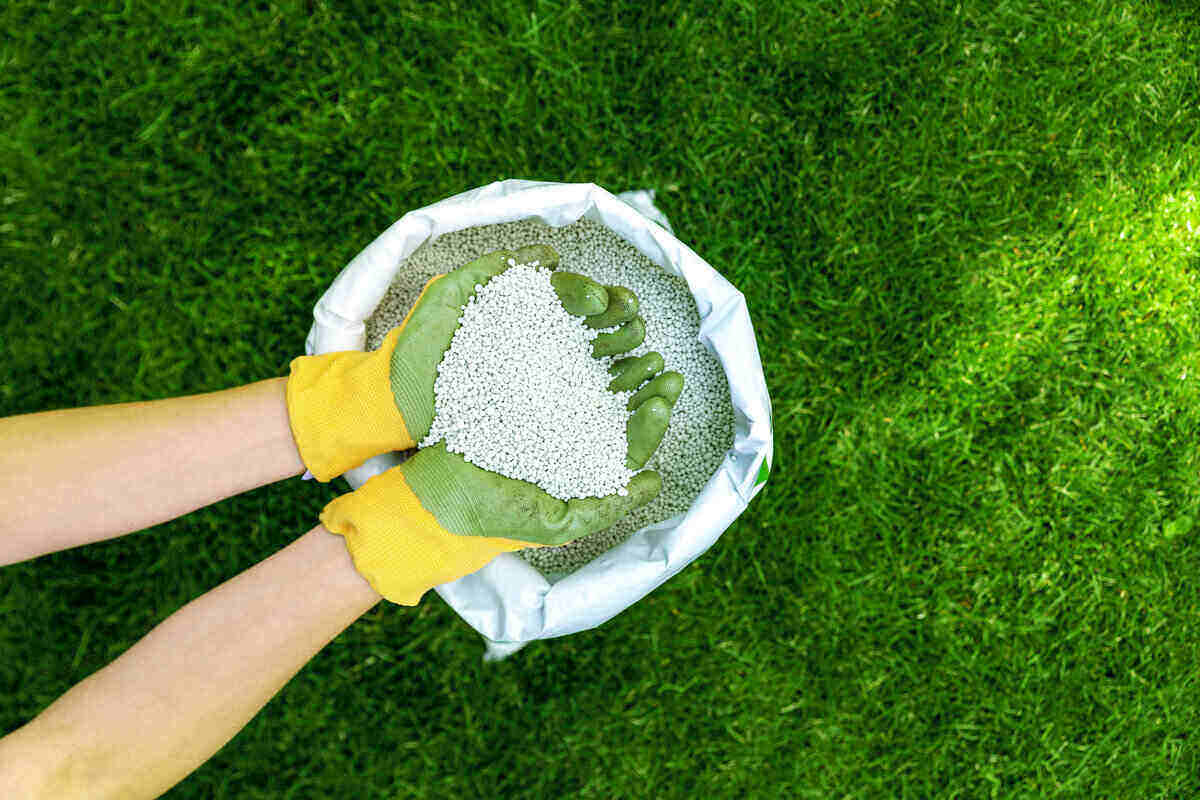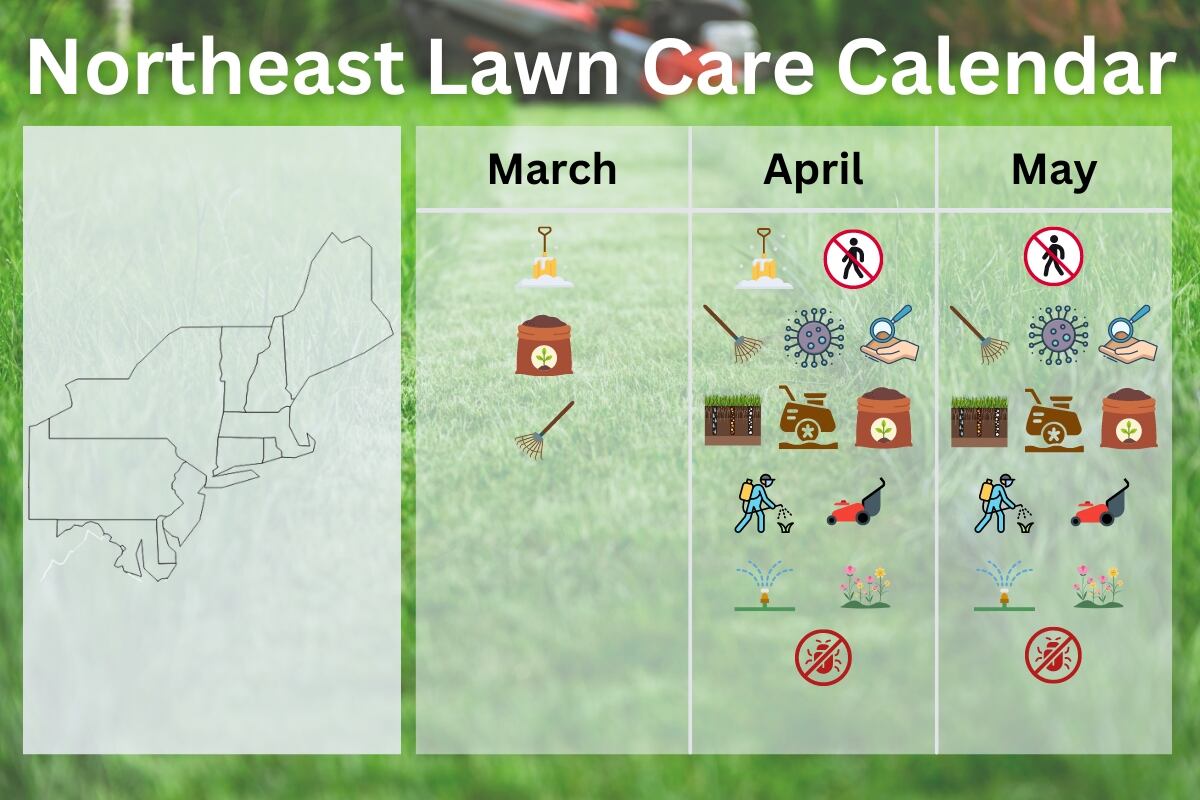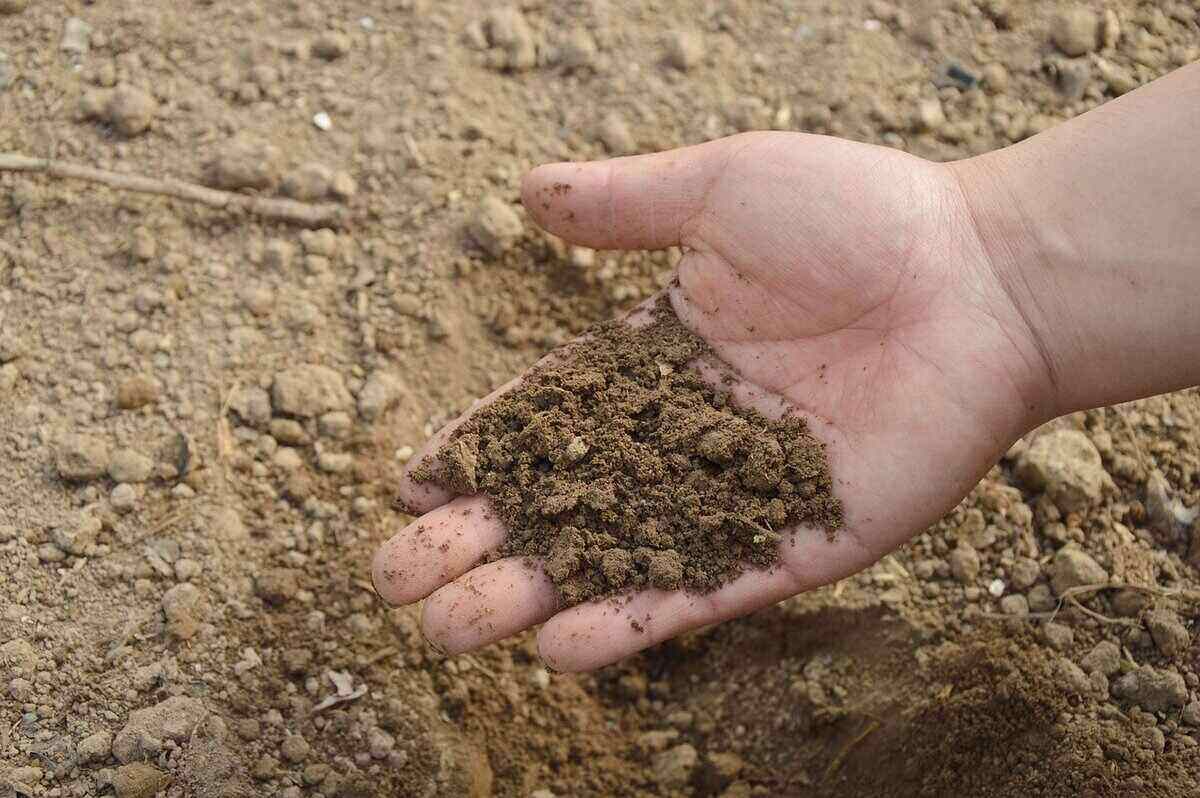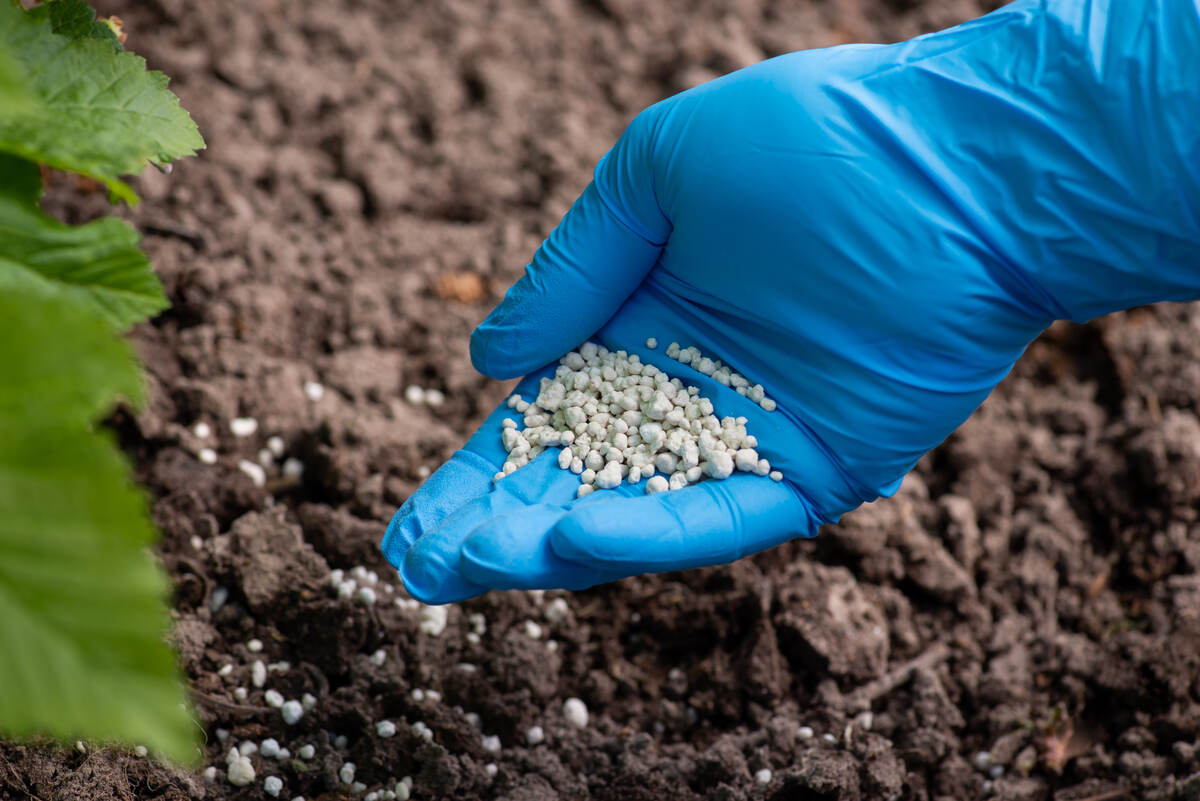
Nothing supercharges your lawn and garden like fertilizer. That much is certain. What’s less certain is whether you should reach for organic or synthetic fertilizers at your neighborhood garden center.
Each option has distinct advantages and limitations that impact not only plant growth but also long-term soil health and the environment. For instance, organic fertilizers provide nourishment for longer and are sustainable but are generally costlier. Synthetic fertilizers work more quickly and feed plants more directly.
This article examines the key differences between organic and synthetic fertilizers to help you decide which is right for you.
What Is Organic Fertilizer?
Organic fertilizer is derived from plant, animal, or mineral sources and contains natural materials that break down gradually to provide nutrients to plants. Unlike synthetic fertilizers, organic options work with soil biology rather than directly feeding plants with concentrated nutrients.
Common types of organic fertilizers include:
- Compost: Decomposed plant materials and food scraps
- Manure: Animal waste from livestock like cows, horses, and chickens
- Bone meal: Ground animal bones rich in phosphorus
- Blood meal: Dried animal blood high in nitrogen
- Fish emulsion: Liquid fertilizer made from fish remains
- Seaweed/kelp: Marine plants containing trace minerals
- Worm castings: Waste from earthworms, rich in beneficial microbes
For more information, read here: What is Organic Fertilizer?
What Is Synthetic Fertilizer?

Synthetic fertilizer is a manufactured or industrially produced plant nutrient designed to supplement or replace natural soil fertility. These fertilizers typically contain concentrated forms of essential plant nutrients, particularly:
- Nitrogen (N) – crucial for leaf and stem growth
- Phosphorus (P) – important for root development and flowering
- Potassium (K) – helps with overall plant health and disease resistance
Unlike organic fertilizers (like compost or manure), synthetic fertilizers are created through chemical processes. They have dramatically increased global agricultural yields and helped feed the growing world population, but they also come with environmental concerns, including water pollution through runoff, soil degradation over time, and greenhouse gas emissions during production.
Comparing Organic and Synthetic Fertilizers
Aside from their composition and how they’re produced, organic and synthetic fertilizers have several key differences, including the rate at which they release nutrients and how those nutrients are delivered to plants.
Here are a few of the key differences between synthetic and organic fertilizers:
| Organic Fertilizers | Synthetic Fertilizers |
| Release nutrients slowly | Release nutrients quickly |
| Nourishes the soil rather than the plant directly | Provides nutrients directly to the plant |
| Sustainable because it is natural | Not sustainable; chemically manufactured |
| Can degrade over time | Doesn’t degrade if stored properly |
| More expensive | Less expensive |
Let’s take a closer look at the advantages and disadvantages of each.
Nutrient Content and Availability
One of the most significant practical differences between these fertilizer types lies in how they deliver nutrients to plants:
Synthetic Fertilizers:
- Provide nutrients in forms immediately available for plant uptake
- Contain precisely measured, concentrated nutrients (typically 20-30% nutrient content)
- Allow for exact calculation of application rates
- Produce rapid plant response, often visible within days
- May require more frequent application as nutrients are quickly depleted
Organic Fertilizers:
- Contain lower nutrient concentrations (typically 1-10%)
- Release nutrients gradually as soil microorganisms break down organic matter
- Provide a sustained, slow-release feeding pattern
- May take weeks or months to fully break down and become available
- Often contain a broader spectrum of macro and micronutrients
Impact on Soil Health
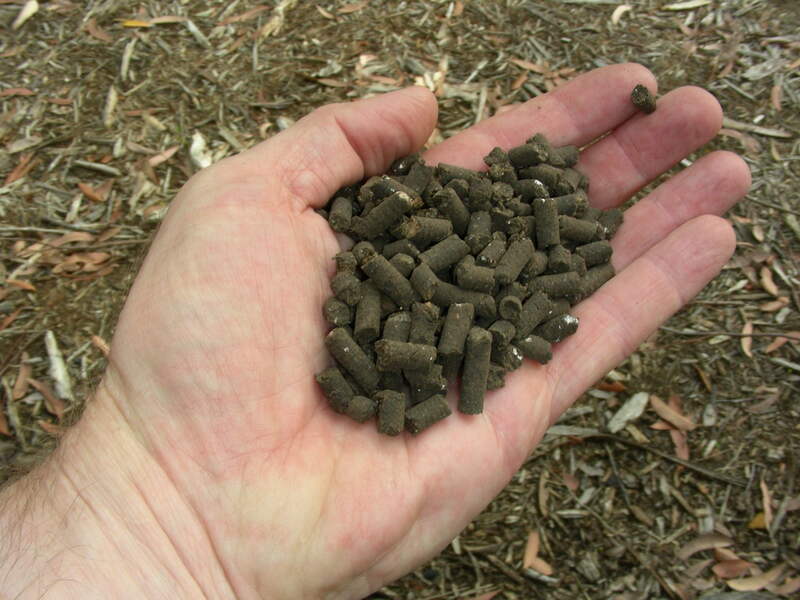
The long-term effects on soil quality represent perhaps the starkest contrast between these fertilizer approaches:
Organic Fertilizers:
- Add organic matter that improves soil structure
- Enhance water retention and drainage
- Support diverse soil microbiome development
- Increase soil carbon content and cation exchange capacity
- Contribute to long-term soil fertility and resilience
- Buffer soil pH changes
Synthetic Fertilizers:
- Provide nutrients without adding organic matter
- May contribute to soil acidification over time
- Can reduce soil microbial diversity with heavy use
- Might lead to soil compaction and reduced tilth
- May increase soil salinity with overuse
- Typically don’t improve soil structure
Environmental Considerations
The environmental impacts of fertilizer choice extend beyond the garden or field:
Synthetic Fertilizers:
- Production is energy-intensive and contributes to greenhouse gas emissions
- More prone to leaching and runoff, potentially causing water pollution
- Can contribute to algal blooms and aquatic dead zones
- May volatilize as nitrous oxide, a potent greenhouse gas
- Rely on finite resources like natural gas and phosphate rock
Organic Fertilizers:
- Often repurpose waste materials, creating circular economy benefits
- Typically release nutrients more slowly, reducing runoff risks
- Build carbon-sequestering soil organic matter
- Generally have lower energy inputs for production
- May present pathogen or weed seed risks if not properly processed
Economic and Practical Considerations
For many homeowners, practical realities significantly influence fertilizer choices:
Synthetic Fertilizers:
- Generally less expensive per unit of nutrient
- Easier to transport, store, and apply in large quantities
- Require less volume to deliver equivalent nutrients
- Offer consistent, predictable nutrient content
- Simpler to apply precisely
Organic Fertilizers:
- Often more expensive per unit of nutrient
- Nutrient content may vary between batches
- Often heavier and bulkier to transport
Which Fertilizer is Better?
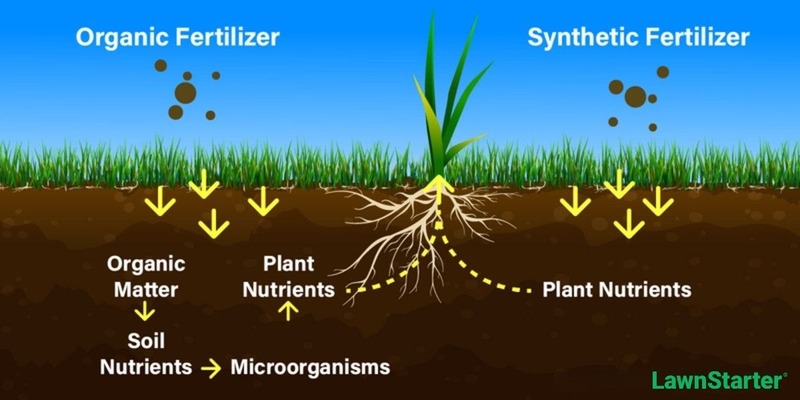
Ultimately, the best type of fertilizer for you will depend on many factors. Organic fertilizer is the safer and more sustainable choice, but it may not be able to deliver what your lawn and plants need. Each landscape is unique, so find the fertilizer that works best for you.
The best way to do that is with a soil test. It will tell you what nutrients are in your soil and in what amounts. Once you know that, you can get fertilizer that has more of the nutrients your soil is lacking and less of what it already has in abundance.
For more information on picking out a fertilizer, read here: How to Choose the Right Lawn Fertilizer
FAQ About Fertilizer
Yes. It’s less likely and harder to accomplish since the nutrients in organic fertilizer release more slowly than those in synthetic fertilizer, but organic fertilizer is still perfectly capable of causing fertilizer burn if used incorrectly. One way organic fertilizer can cause fertilizer burn is if you use too much of it at once.
For more info, read our article on What is Fertilizer Burn?
Yes. You should always water after using any kind of fertilizer to avoid fertilizer burn and help your fertilizer penetrate the soil. If you’re using granular fertilizer, water right away since it needs water to activate. If you’re using liquid fertilizer, wait about two to four hours before watering once the application is complete.
Synthetic fertilizer doesn’t go bad as long as it’s stored properly, so you don’t have anything to worry about on that front.
In the case of organic fertilizer, you can tell if it’s gone bad if it has an unusual odor, it has excessive clumps, or it’s changed color. If it’s a liquid fertilizer, you can also tell if it’s gone bad if the elements separate, and stay separated even after shaking the container.
Find Your Lawn Care Professionals
Both organic and synthetic fertilizers have their pros and cons. Pick the best one for your lawn based on its individual needs so that it can thrive.
If you want help with your lawn, contact lawn care professionals near you. They can mow your lawn for you and come up with a fertilizer regimen so that you know you’re using the best fertilizer.
Main Image Credit: Vitalii / Adobe Stock Free / License
